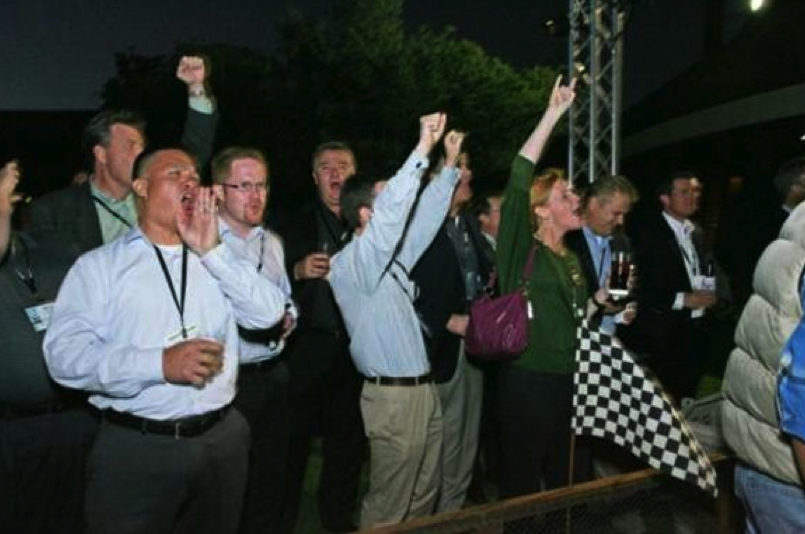Creating Exceptional Learning Experiences

On August 1st, Ron and I traveled to Kendall College to give a presentation regarding meeting content and creating exceptional learning experiences. The focus of the class was to provide the students with the skills needed to effectively plan and execute the educational content of meetings and events. There are many ways to successfully organize a meeting, but many things need to be taken into account. We explored the idea of exceptional learning experiences and found that this type of experience consists of a process where you are NOT told what we are supposed to learn, but we are lead to a point to discover it ourselves. This process becomes personal to the individual and ultimately develops into an experience.
Looking at this definition, we started by addressing the audience of a meeting. Knowing the audience that is being presented to is one of the most important things in meeting planning. Today’s audiences consist of several generations and without acknowledging this, meeting planners could potentially distract and disinterest many attendees. Millennials and Baby Boomers are the two most prominent generations in the audience, so pleasing both has to be regarded. At the latest Nielsen Consumer 360 Conference, Malcolm Gladwell gave new perspective on the collaboration that needs to exist between older generations and the millennials.
Much can be learned through the neuroscience behind meetings and how to enhance how people feel by making them more comfortable. The four key components that increase relaxation include: status, certainty, autonomy, relatedness, and fairness.
To create a personal memorable experience for the audience and attendees, many design aspects should be planned for. Beginning before the event, the planner should, again, assess the audience that is being addressed and make the necessary adjustments. The experience of the meeting should be set up similar to preparing the ground for planting. All of the tools are put into place, but it needs the last component to grow to it’s full potential. On-site at the event provides an opportunity for the plant to continue to grow and flourish as the meeting progresses. During the general session, sensory design considerations support in the advance of the audience’s personal experiences. Featured speakers address the audience and encourage them to apply these concepts into their lives and business.
Each portion of the event (breakouts, entertainment, panel discussions, etc.) and especially post event material, all build up and allow the audience to form this experience in their own way. The overall experience is ultimately their own and what they make of it. This personalization helps the audience feel important and encourages them that the time out of the office was well spent. These different aspects continue to feed the plant as it flourishes.
